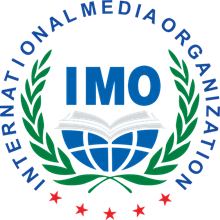Jeju Island in the Republic of Korea, Mount Huangshan in China, the Saloum Delta in Senegal, Lac Saint-Pierre in Canada, and the São Paulo Green Belt in Brazil – all these sites are part of UNESCO’s World Network of Biosphere Reserves (WNBR).
Launched in 1971, the Man and the Biosphere (MAB) Programme celebrates its fiftieth anniversary in 2021, with Jane Goodall, the renowned ethologist and conservationist, as patron.
This pioneering programme was one of the first to promote the idea of sustainable development. Biosphere reserves aim to safeguard natural ecosystems such as dry lands, mangroves, and tropical forests, while improving the livelihoods of local people and promoting research, education and awareness-raising.
Since the first designations in 1976, new biosphere reserves have been designated every year by the MAB International Co-ordinating Council, which consists of thirty-four UNESCO Member States elected by rotation.
The WNBR currently has 714 sites in 129 countries worldwide, including twenty-one transboundary sites. It covers an area of over 7 million square kilometres, or more than five per cent of the planet’s surface.


